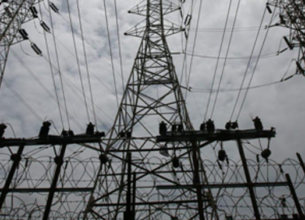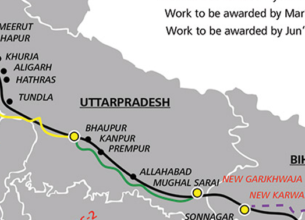IS ‘MAKE IN INDIA’ A FAILURE
20, Jan 2020

Prelims level : Schemes
Mains level : GS-II Issues relating to development and management of Social Sector or Services relating to Health, Education, Human Resources.
Context:
- Five years later, as we brace for another Union Budget, it would be appropriate to take stock of the much-hyped initiative which is on a slippery slope.
Major Objectives of Make in India:
- To increase the manufacturing sector’s growth rate to 12-14% per annum in order to increase the sector’s share in the economy.
- To create 100 million additional manufacturing jobs in the economy by 2022
- To ensure that the manufacturing sector’s contribution to GDP is increased to 25% by 2022 (revised to 2025) from the current 16%.
- The policy approach was to create a conducive environment for investments, develop modern and efficient infrastructure, and open up new sectors for foreign capital.
Outcomes of the Scheme:
- The last five years witnessed slow growth of investment in the economy. This is more so when we consider capital investments in the manufacturing sector. Gross fixed capital formation of the private sector, a measure of aggregate investment, declined to 28.6% of GDP in 2017-18 from 31.3% in 2013-14 (Economic Survey 2018-19).
- Interestingly, though the public sector’s share remained more or less the same during this period, the private sector’s share declined from 24.2% to 21.5%. Part of this problem can be attributed to the decline in the savings rate in the economy.
- Household savings have declined, while the private corporate sector’s savings have increased. Thus we find a scenario where the private sector’s savings have increased, but investments have decreased, despite policy measures to provide a good investment climate.Regarding employment growth, we have witnessed questions being raised over the government’s delay in releasing data as well as its attempts to revise existing data collection mechanisms. Employment, especially industrial employment, has not grown to keep pace with the rate of new entries into the labour market.
What could be the Reasons for Failure?
- The bulk of these schemes relied too much on foreign capital for investments and global markets for produce. This created an inbuilt uncertainty, as domestic production had to be planned according to the demand and supply conditions elsewhere.
- Policymakers neglected the third deficit in the economy, which is implementation. While economists worry mostly about budget and fiscal deficit, policy implementers need to take into account the implications of implementation deficit in their decisions.
- It set out too ambitious growth rates for the manufacturing sector to achieve. An annual growth rate of 12-14% is well beyond the capacity of the industrial sector. Historically India has not achieved it and to expect to build capabilities for such a quantum jump is perhaps an enormous overestimation.
- Its initiative brought in too many sectors into its fold. This led to a loss of policy focus. Further, it was seen as a policy devoid of any understanding of the comparative advantages of the domestic economy.
- Given the uncertainties of the global economy and ever-rising trade protectionism, the initiative was spectacularly ill-timed.














